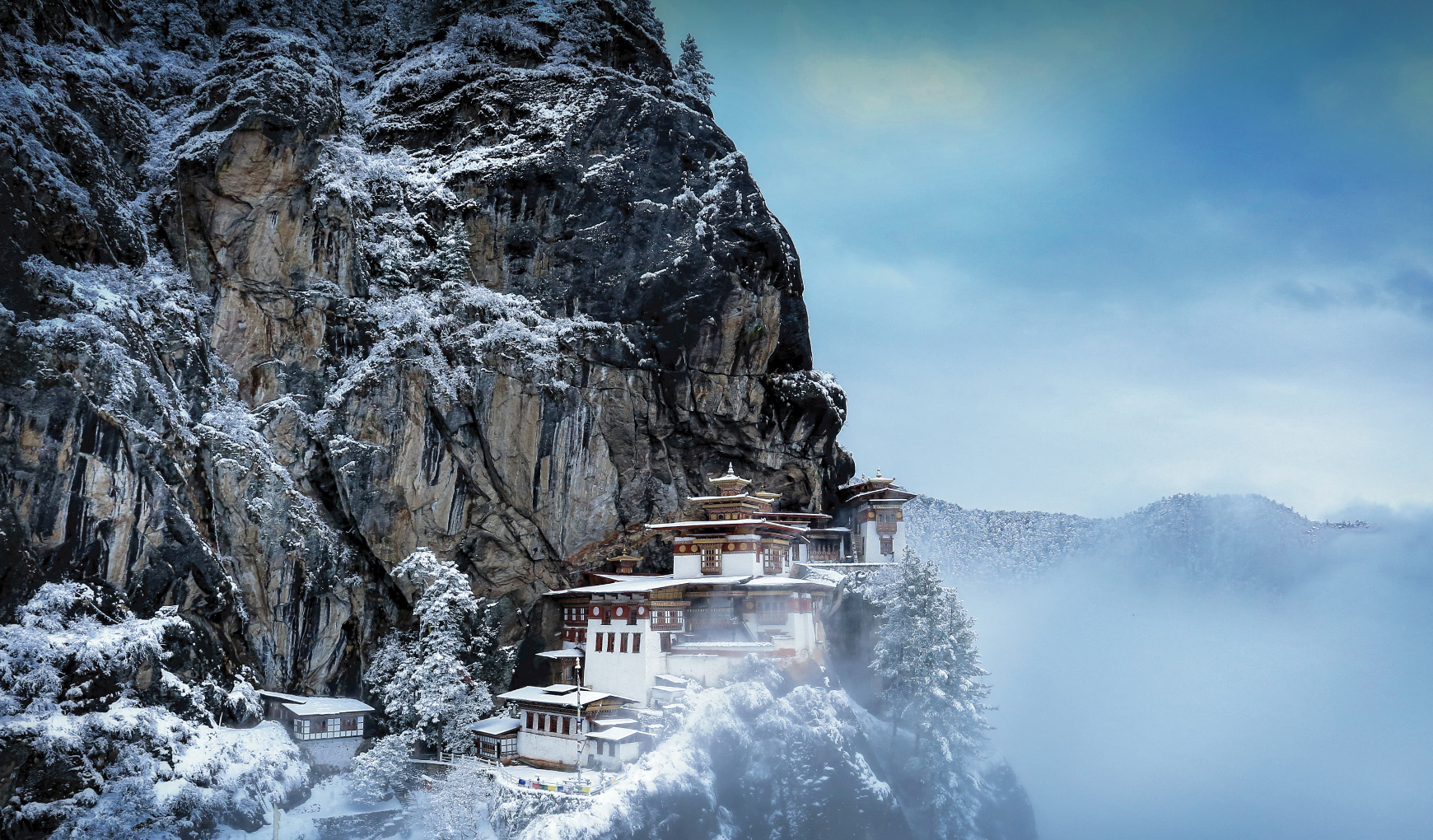


Thinking of visiting Bhutan in winter? Discover why December through February may be the best months for clear skies, warm sunny days, rural cultural immersion, and exclusive wildlife experiences.
When travelers research Bhutan, they are often told that spring and autumn are the best seasons to travel. Spring and autumn have their perks—warmer weather, blooming flowers, and colorful festivals. But December, January, and February may be the best time to visit—if you love clear blue skies, warm sunny days, and exclusivity.
For decades, winter was seen as too cold, but that was before Bhutan’s hospitality industry upgraded with proper heating, insulated rooms, and hot water even in rural homestays. Combine that with peaceful landscapes, authentic local life, and special discounts, and you’ll see why winter is a hidden gem.
Yes, the mercury dips in winter, especially at night, but don’t let the numbers fool you. Bright sunshine and deep blue skies make the days feel warmer than the temperature suggests.
Typical winter temperatures:
And unlike 30 years ago, modern heating and hot water are standard in hotels and most homestays, so comfort is guaranteed.
Winter in Bhutan means deep blue skies, bright sunshine, and snow-capped Himalayan peaks. There’s no haze, making it a dream for photographers and anyone seeking crisp, fresh air and panoramic views.
Winter still feels like a secret season, meaning fewer visitors at monasteries, dzongs, and hiking trails. This gives you a rare sense of intimacy and authenticity—Bhutan at its most peaceful.
Winter is when Bhutanese farmers finish their harvest and have more time for community and celebrations. Visiting rural villages in this season means authentic cultural immersion—sharing meals in family homes, joining local festivals, and experiencing Bhutanese traditions up close without the rush of farming duties.
Drukair and Bhutan Airlines typically offer USD 200–400 winter discounts on round-trip fares from hubs like Delhi, Bangkok, Dubai, and Singapore. If you’ve been waiting for the right time, this is it.
Dreaming of Bhutan’s luxury escapes—Amankora, Six Senses, &Beyond, Gangtey Lodge or Como Uma? Winter offers exclusive deals, free nights, and special packages that make these experiences more accessible. At Breathe Bhutan, regardless of the season, we offer these discounts to our guests.
If wildlife and warm lowlands call to you, winter is the best season to visit Panbang and the Royal Manas National Park. With mild temperatures and dry weather, conditions are perfect for spotting elephants, golden langurs, exotic birds, and other wildlife in Bhutan’s tropical south.
High-altitude treks are mostly closed due to snow, but Breathe Bhutan can arrange scenic 1–2 night treks that are safe, accessible, and ideal for the season.
Snow is rare in the valleys, but if a Bay of Bengal weather system moves in, you might wake up to a magical snowfall—a sight locals cherish. Just pack an extra layer and enjoy the beauty of Bhutan in white.
Q: Is December a good time to visit Bhutan?
Yes—December offers clear skies, sunny days, and fewer crowds, making it a great choice for peaceful travel.
Q: How cold is Bhutan in January?
Expect -3°C to 12°C in Paro and Thimphu, but sunny days make it feel warmer. Punakha stays milder at 4°C to 18°C.
Q: Can I trek in winter in Bhutan?
High-altitude treks are closed, but short 1–2 night winter treks are ideal and available.
With bright skies, cultural immersion, rural festivities, wildlife adventures, and unbeatable deals, winter may truly be the best time to visit Bhutan.